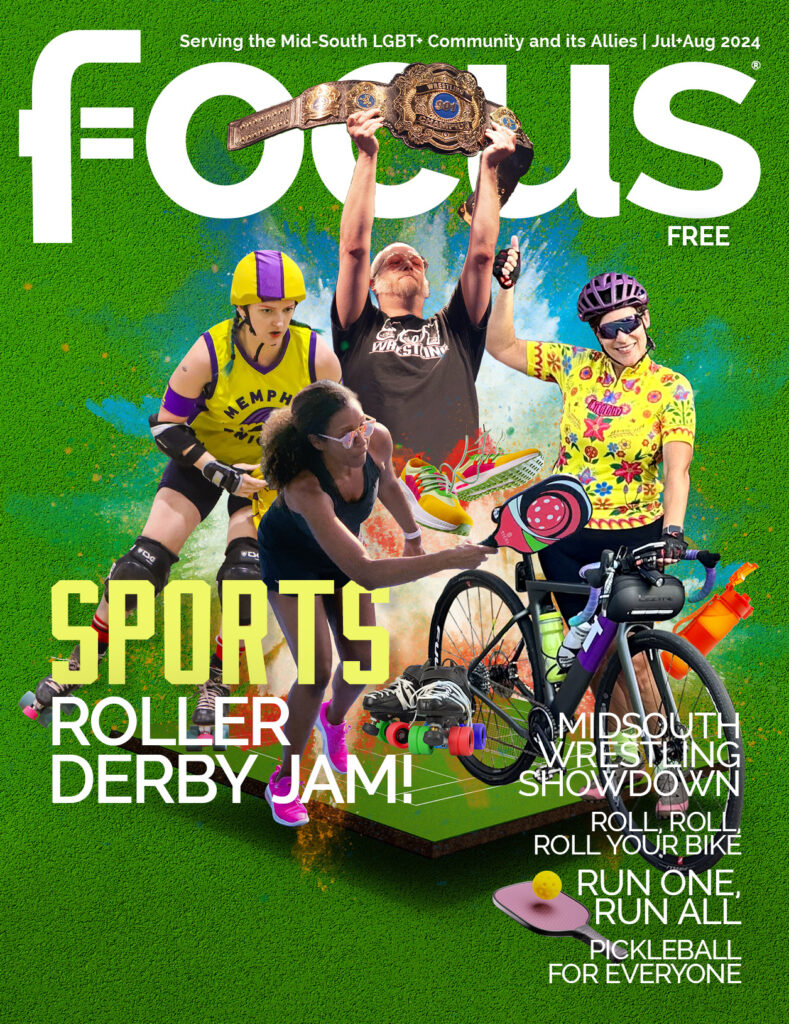story by Nick Lingerfelt
As a building, she’s not old, but as a venue, she’s seen better days. But oh what happy days they were. Consider that the Mid-South Coliseum is one of only a handful of buildings where The Beatles AND Elvis Presley played, and you understand that there were many, many glory days.
She’s hosted the circus. In fact, because the Barnum and Bailey Circus traveled by train, they could pull up on the tracks that run along the south side of the fairgrounds, unload the animals, and walk the elephants to the Coliseum.


When the Coliseum was built in 1963, there were different configurations, but around 10,000 seats were available for the various attractions. There was wrestlin’ (a.k.a. wrestling) featuring Jerry ‘The King” Lawler. Memphis Wrestling, in its own right, made for quite the wrestling fan destination back in the day.
There was also professional hockey (the first iteration of the Central Hockey League) on its ice rink, and monster truck shows among other events. By the way, did we mention that from the day it opened, it was the first racially integrated facility in Memphis?


and 1,000s of music acts.
This arena was one of the few stops on the Beatles’ final American tour, playing two concerts here on Aug. 19, 1966. One of the shows came to be known as “the firecracker concert” because someone set off a firecracker during the performance, which some thought was a gunshot. Some believe this incident prompted the band to want to stop touring.
Elvis Presley performed at the arena first on March 14, 1974, which was his first concert in Memphis since 1961. He also performed six days later, which became his album “Live On Stage In Memphis.” His last performance here was on July 5, 1976.
Céline Dion performed at the arena in March 1997 on her Falling Into You Around the World Tour. The shows were later released on VHS under the title “Live in Memphis.”
The University of Memphis, then called Memphis State University, Tigers basketball team played at the Coliseum (before moving to the Pyramid and then FedEx Forum).
In 2007, the governmental powers that be made a damning decision for the building by refusing to pay its operating losses, which were projected to be $1 million a year. That, coupled with the building not being ADA (Americans with Disabilities Act) compliant forced the Coliseum to shut down operations. Ironically, it was the band All American Rejects that performed the last show at the Coliseum on Nov. 18, 2006.


and the Beatles performed.
In 2015, the Coliseum Coalition formed to make a plan to revitalize the space and reopen the building as a modern, accessible and multi- purpose venue.
Mark Jones, Coalition member and Memphis filmmaker, said he thinks everyone in the Coalition believes it should be a multi-purpose space like it was before. Jones said he sees it being similar to the Levitt Shell: start small, build funding, become great.
Jones pointed out how other racially integrated cities had already created youth sports complexes, saying that Memphis’ efforts would be the ‘caboose’ of that trend.
“We’re a music city, so we need to damn well act like it and have music playing in large venues of around 5,000 all year long and free to the public,” Jones said.

to be fully racially integrated its opening.
The Coalition proposes a 4,999- seat indoor public facility that would connect with a multi-court sports facility. Their plan would have it be only one part of a nationally recognized sports tournament complex but stay true to what it was historically by having various events as had been done in the past.
Even though the building that once held world-renowned acts now stands empty, Memphians have not forgotten the impact it had in the past and the role it could play in the future.





